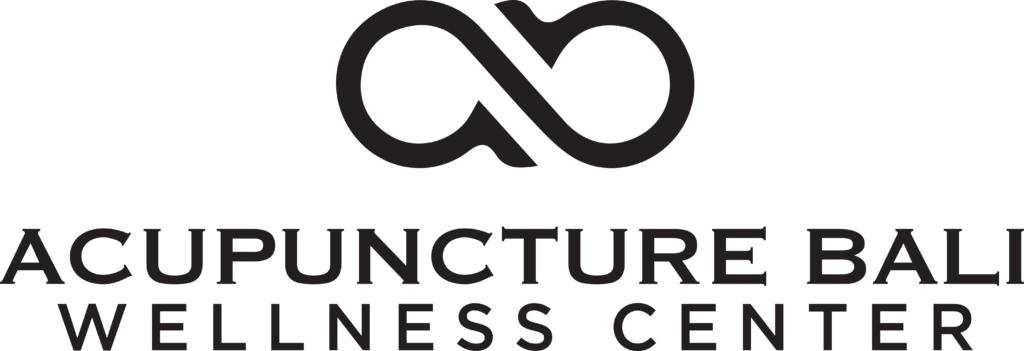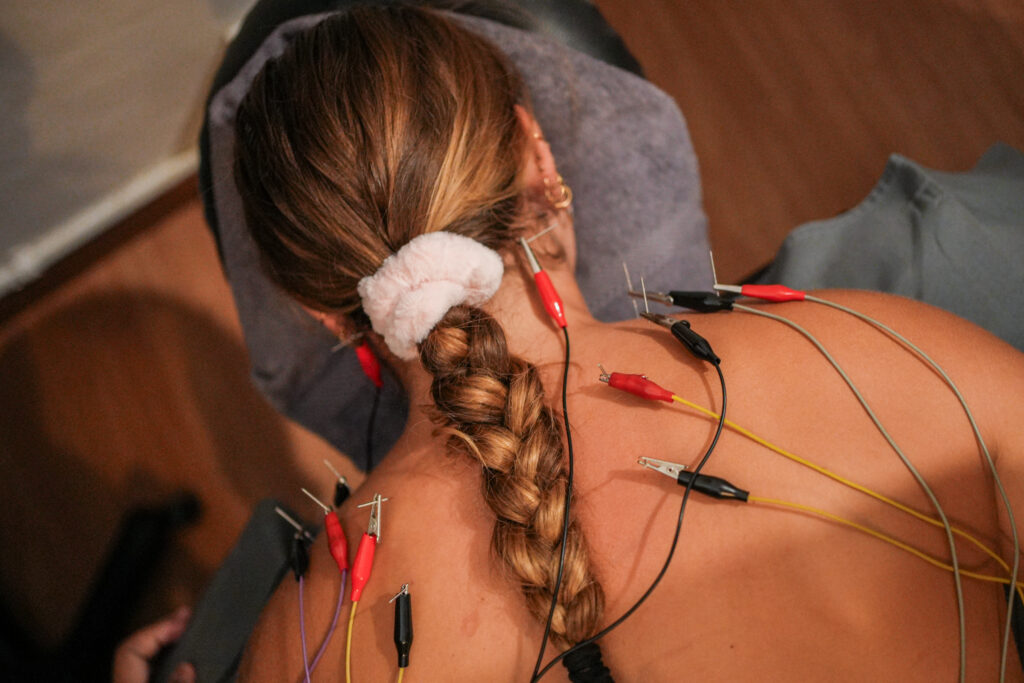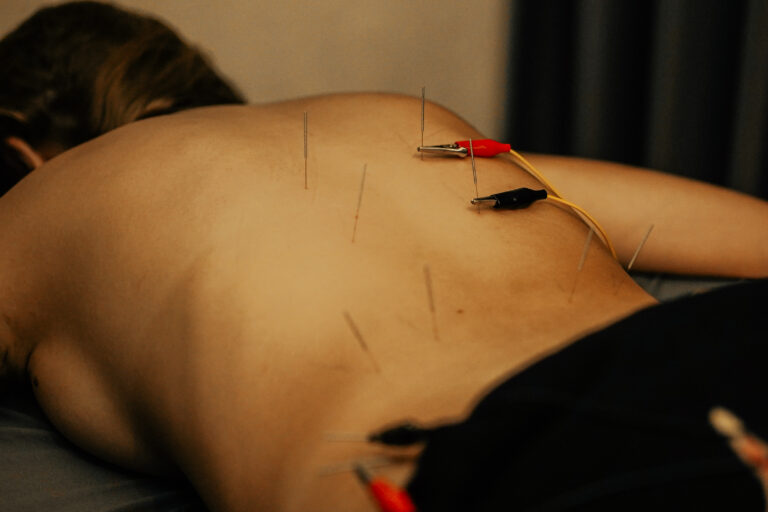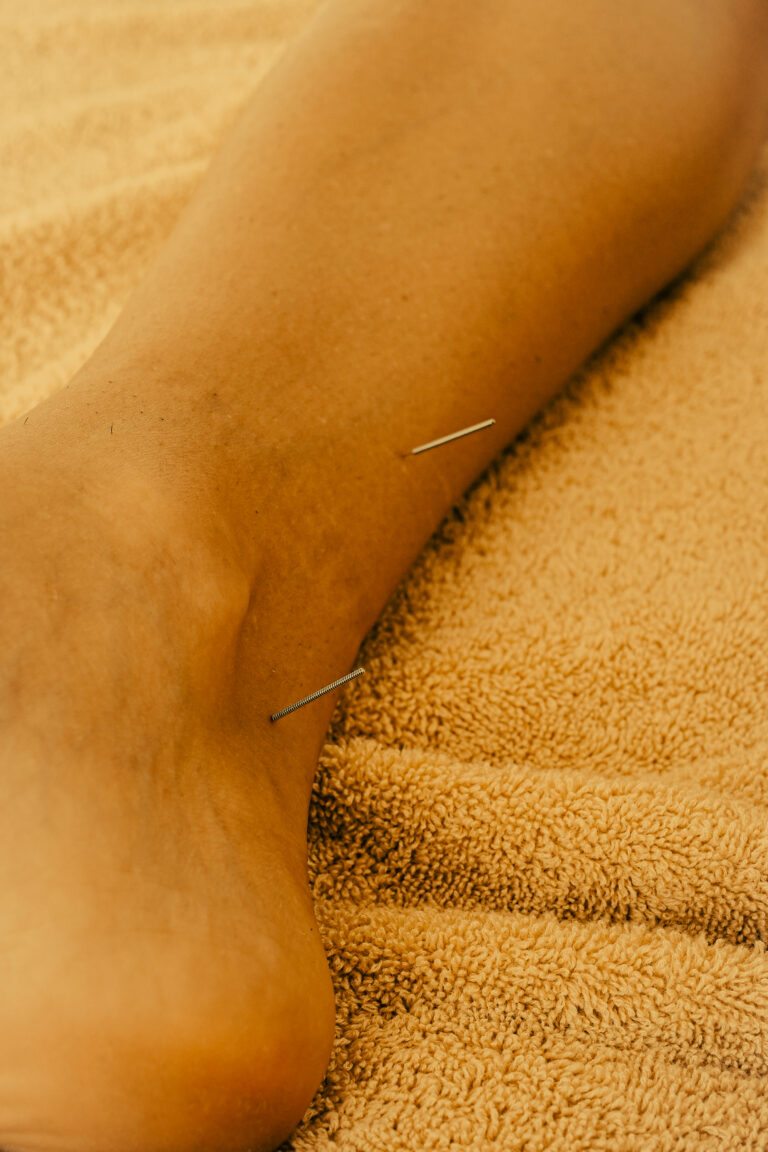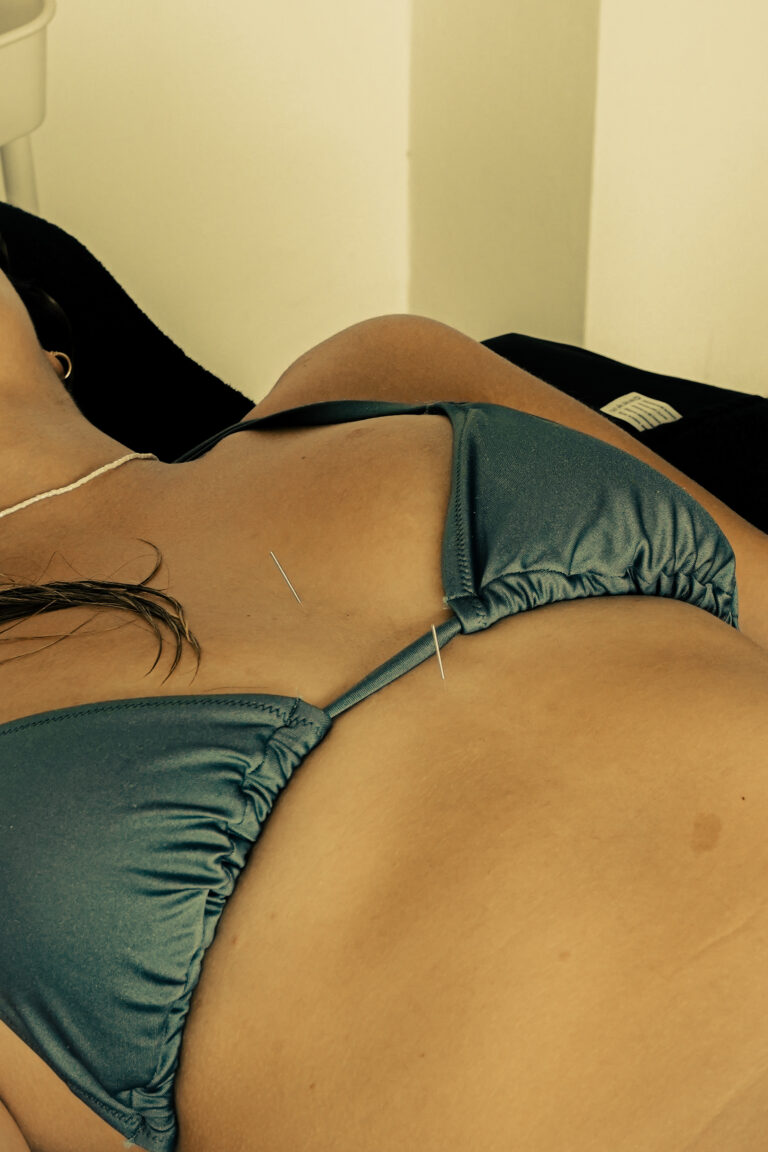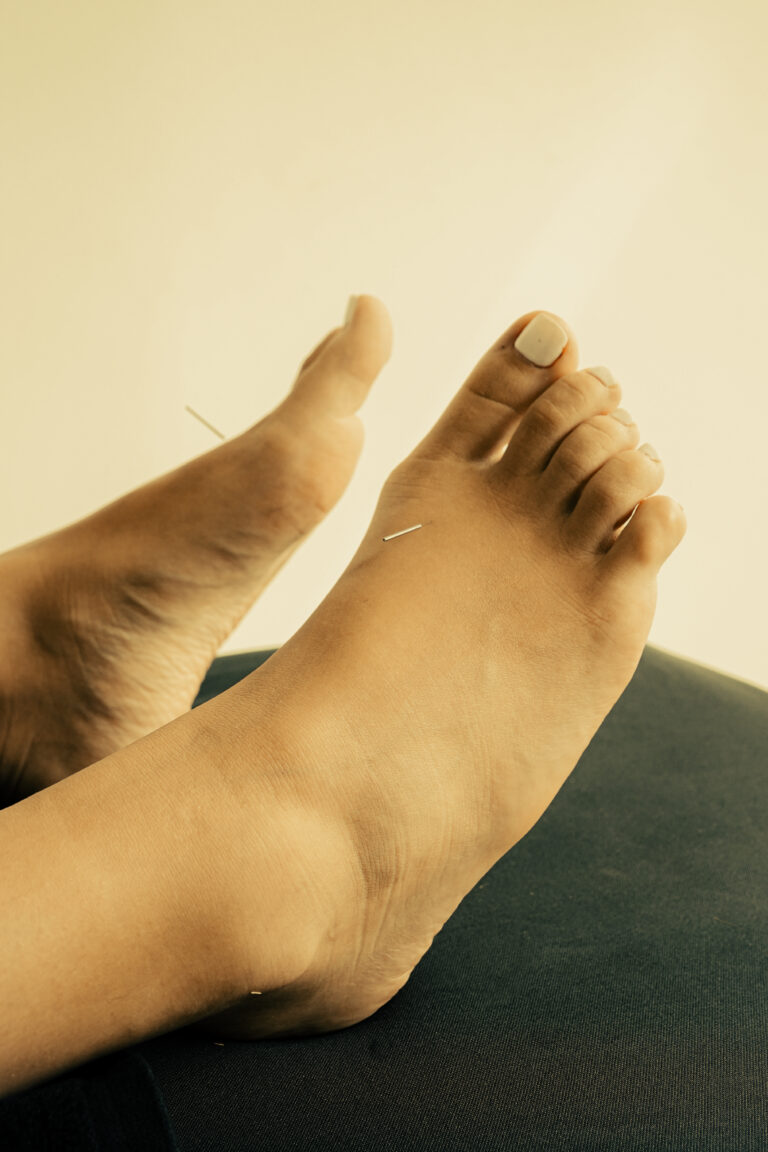Neck pain that lingers for days—or even months—can be more than just a stiff muscle. While modern medicine may attribute it to poor posture, muscle strain, or disc issues, Traditional Chinese Medicine (TCM) offers a deeper lens into why some neck pain just won’t go away.
From a TCM perspective, chronic neck pain reflects an imbalance within the body’s internal systems, not just a local problem in the neck area.
Key Organ Systems Involved
In TCM, neck pain is commonly related to the Liver, Kidneys, and Bladder meridian, as well as the Taiyang meridian system, which runs along the back of the neck.
- Liver: Controls the smooth flow of Qi and Blood. When Liver Qi is stagnant—often due to stress or emotional tension—it can cause tightness or spasms in the neck.
- Kidney: Governs bones and supports the spine. A deficiency in Kidney energy can weaken the cervical vertebrae, causing chronic neck discomfort.
- Bladder Meridian: Travels along the back and sides of the neck. External invasions (Wind, Cold, Damp) often settle here and create stiffness or aching.
Common TCM Patterns for Back Pain Caused by Liver Qi Stagnation
1. Wind-Cold-Damp Invasion
- Sudden onset after exposure to cold or sleeping with the neck uncovered
- Pain worsens with cold weather
- Stiff neck, heavy sensation, difficulty turning the head
2. Qi and Blood Stagnation
- Chronic tightness or pain from long-term tension or trauma
- Stabbing or fixed pain that worsens at night
- Often results from untreated acute pain
3. Liver Qi Stagnation
- Associated with emotional stress or frustration
- Pain fluctuates, feels tight or throbbing
- May come with headaches or irritability
4. Kidney Deficiency
- Chronic or degenerative neck issues (e.g., cervical spondylosis)
- Dull pain, worse with fatigue or at the end of the day
- Weakness in the lower back or knees often present too
Treatment Principles in TCM
Each case of neck pain is addressed according to its root pattern. The overall treatment goals are to:
- Expel Wind, Cold, or Damp pathogens (for external invasions)
- Move Qi and Blood to relieve pain and tension
- Nourish the Liver and Kidney in deficiency patterns
- Calm the mind and relieve stress (in cases of Liver Qi stagnation)
Diet and Lifestyle Tips (TCM-Based)
- Avoid cold and raw foods, especially if your pain worsens with cold
- Add warming spices like ginger, cinnamon, and turmeric to meals
- Practice gentle movement: Tai chi, qigong, or neck stretches can promote Qi flow
- Manage stress through breathing techniques or acupuncture for emotional balance
- Stay warm, especially around the neck and upper back
Daily Acupressure for Emotional Back Pain
Stimulate these points for 1–2 minutes each day:
- GB20 (Fengchi) – At the base of the skull, in the hollows on both sides. Relieves neck stiffness and headaches.
- LI4 (Hegu) – Between the thumb and index finger. Helps release tension, especially from stress.
- SI3 (Houxi) – On the edge of the palm, improves mobility in the cervical spine.
Press gently and breathe deeply while stimulating the points.
TCM Treatment Recommendations
1. Acupuncture
- Points such as GB20 (Fengchi), BL10 (Tianzhu), SI14, and LI4 are often used to relieve neck pain.
- For emotional patterns: LV3 (Taichong) and PC6 (Neiguan) help regulate stress.
2. Cupping Therapy
- Applied along the upper back and neck to remove stagnation, improve blood flow, and release muscle tension.
3. Moxibustion
- For Cold-related pain, warming herbs like mugwort are burned near acupuncture points to dispel Cold and Dampness.
Conclusion
Chronic neck pain isn’t just a physical problem—it can reflect deeper patterns of stagnation, deficiency, or external invasion in TCM theory. By addressing both the surface symptoms and the internal causes, TCM offers a holistic, effective path to long-term relief.
You don’t have to live with neck pain. Heal your body from the inside out—with the wisdom of Traditional Chinese Medicine.
Sources
1. Maciocia, Giovanni (2005). The Practice of Chinese Medicine: The Treatment of Diseases with Acupuncture and Chinese Herbs.
2. Deadman, Peter et al. (2007). A Manual of Acupuncture.
3. World Health Organization (WHO). (2003). WHO International Standard Terminologies on Traditional Medicine in the Western Pacific Region.
4. American College of Traditional Chinese Medicine (ACTCM) & Pacific College of Health and Science (PCHS).
